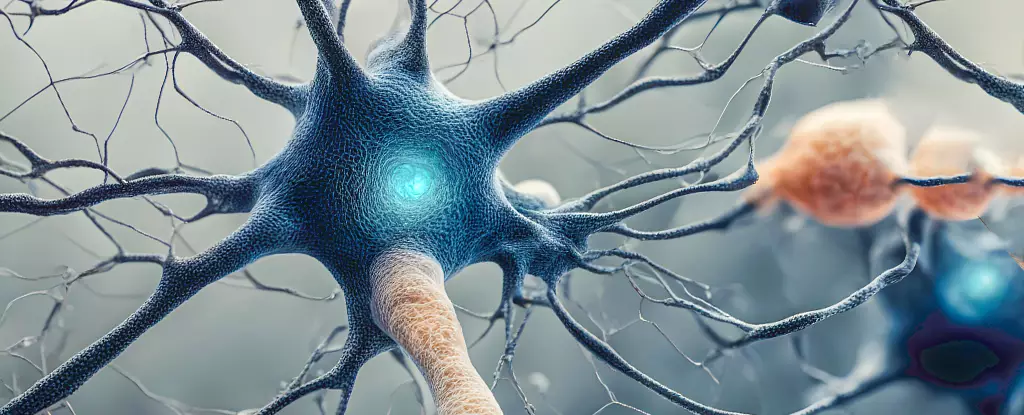Alzheimer’s disease has long been a challenging field of research, with the direct cause of brain damage in this condition proving to be elusive despite decades of study. While abnormal clumps of proteins, such as amyloid beta, have been a major focus of investigation, recent findings from Emory University suggest that these plaques may not be the primary culprit behind the devastating symptoms of Alzheimer’s.
The traditional view has been that amyloid beta plaques directly damage brain cells, leading to the cognitive decline seen in Alzheimer’s patients. However, researchers now argue that these plaques may be a secondary effect rather than the root cause of the disease. Instead, a team led by biochemists Yona Levites and Eric Dammer has found evidence that other proteins accumulating alongside amyloid beta could be responsible for Alzheimer’s symptoms.
Through a comparative analysis of protein combinations in mouse models and human data, Levites, Dammer, and their colleagues identified over 20 proteins that accumulate along with amyloid beta. These proteins, many of which are signaling molecules, may be getting trapped in the plaques and activating processes that contribute to brain damage. Midkine and pleiotrophin, in particular, were found to be overexpressed in conjunction with amyloid beta plaques, suggesting a potential role in the inflammatory processes associated with Alzheimer’s.
The discovery of these additional proteins sheds new light on the pathology of Alzheimer’s and opens up new possibilities for therapeutic intervention. By targeting the proteins that interact with amyloid beta, researchers may be able to develop more effective treatments for this complex and challenging condition. Moreover, understanding the role of amyloid beta as a scaffold for other molecules could help explain the contradictory results seen in previous studies.
Future Directions
While the role of these newly identified proteins in Alzheimer’s pathology is still being investigated, the findings from Emory University suggest a promising avenue for further research. By exploring the mechanisms underlying the accumulation of proteins in amyloid plaques, scientists may uncover novel targets for therapy and gain a deeper insight into the processes driving neurodegeneration in this devastating disease.
The study conducted by Emory University researchers challenges the conventional wisdom surrounding amyloid beta in Alzheimer’s disease and points towards a more nuanced understanding of the complex interplay between proteins in the brain. By shifting the focus to the proteins accumulating alongside amyloid beta, researchers may be one step closer to unraveling the mysteries of Alzheimer’s and developing effective treatments that target the underlying causes of this condition.


Leave a Reply